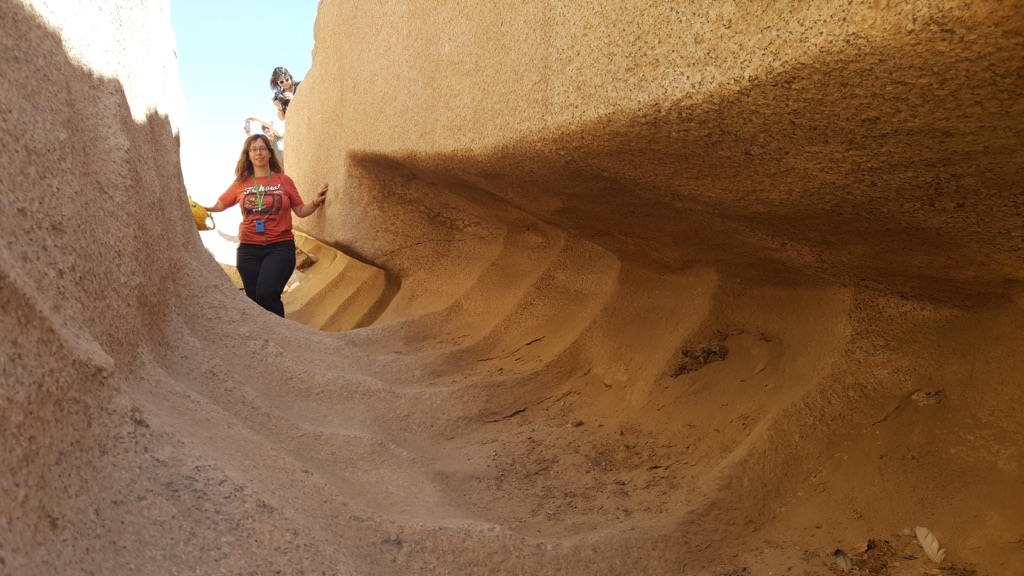The Aswan Quarry in Egypt is a place of historical significance, known for its stone quarries that supplied granite for many ancient Egyptian monuments. The most notable feature of the quarry is the Unfinished Obelisk, which would have been the largest piece of stone ever carved by the Egyptians had it been completed. The quarries offer a glimpse into ancient stone-working techniques and have been a source of archaeological interest for many years.
Get your dose of History via Email
Historical Background of Aswan Quarry
The Aswan Quarry is an ancient site where Egyptians extracted granite for their colossal structures. It was discovered by modern archaeologists, but ancient texts and archaeological evidence reveal its use dates back thousands of years. The Pharaohs of the Old and Middle Kingdoms frequently used Aswan granite to create statues, obelisks, and temple components.
One of the most famous features of the quarry is the Unfinished Obelisk. It was commissioned by Queen Hatshepsut during the 18th dynasty but was never completed due to the discovery of cracks in the stone. The site continued to be a source of materials for construction projects throughout the history of ancient Egypt.
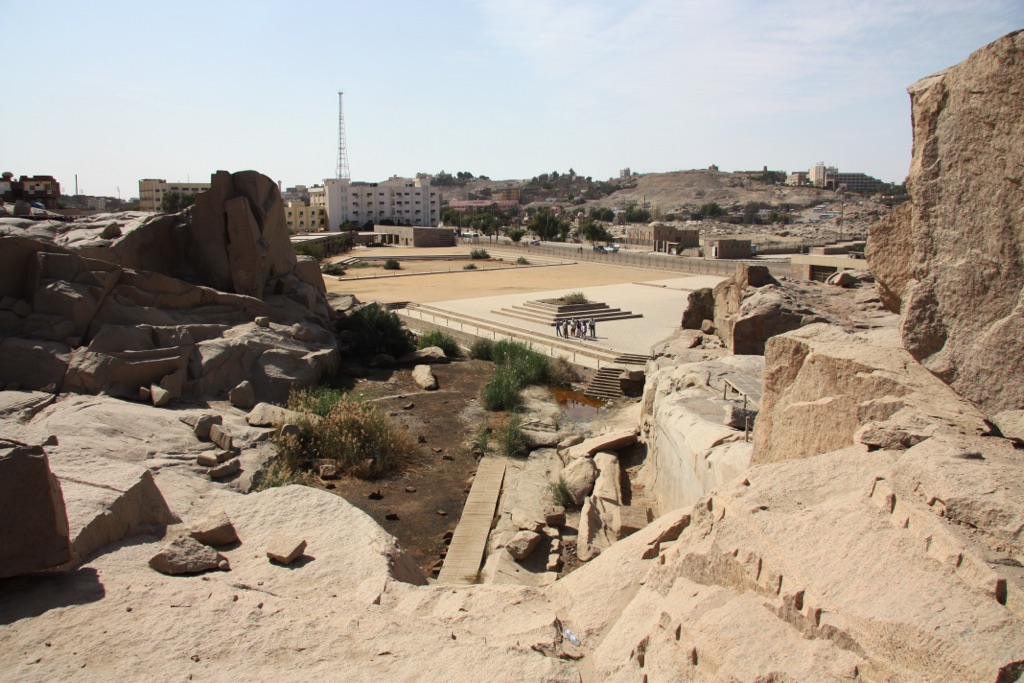
Later, the Romans also utilized the quarry, as evidenced by inscriptions and artifacts found on-site. The quarry was not only a source of materials but also a hub of activity, with workers and artisans contributing to the grandeur of ancient Egyptian architecture.
While the quarry’s primary function was utilitarian, it has also been the scene of historical importance. For instance, the discovery of the Unfinished Obelisk has provided valuable insights into the stone-working techniques of ancient Egyptians.
Over time, the quarry fell into disuse and was eventually rediscovered by archaeologists interested in understanding the construction methods of ancient civilizations. Today, it stands as a testament to the engineering prowess of the ancient Egyptians.
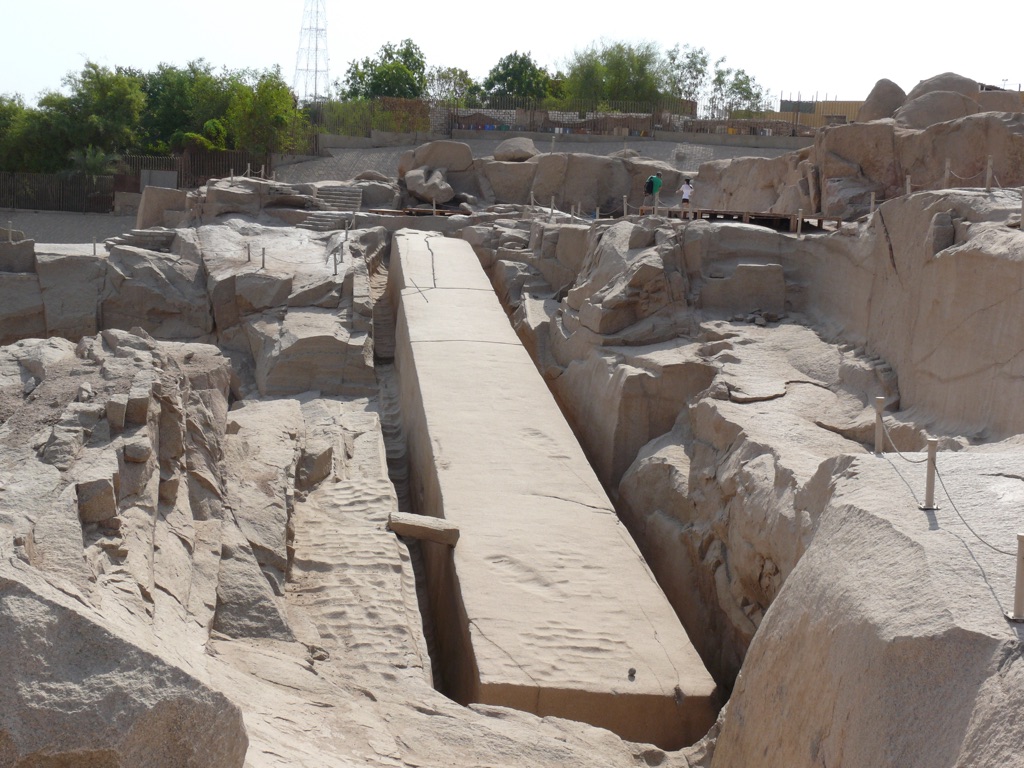
About Aswan Quarry
The Aswan Quarry is located on the east bank of the Nile River in southern Egypt. It is renowned for its fine-grained granite, which was highly prized by the ancient Egyptians for its durability and aesthetic qualities. The granite from this quarry was used in many famous structures, including the Great Pyramid of Giza and the temples at Karnak.
The most striking feature within the quarry is the Unfinished Obelisk. It provides a unique look at the monumental scale of Egyptian stone-working. The obelisk lies in situ, attached to the bedrock, and measures over 40 meters in length. It offers a direct window into the carving and transportation techniques that would have been used.
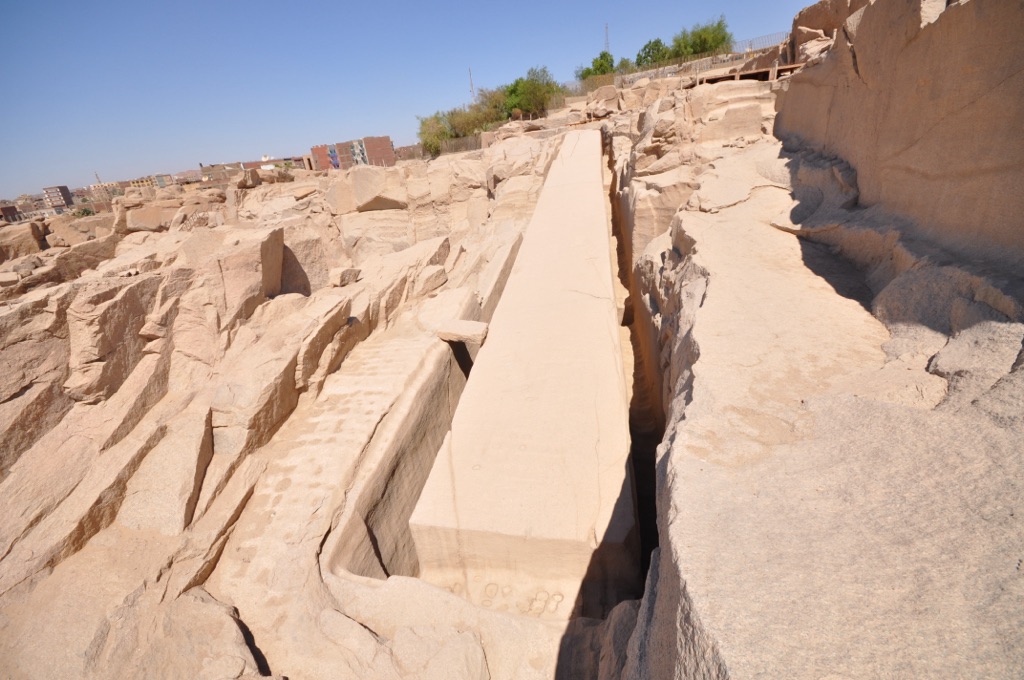
Aside from the Unfinished Obelisk, the quarry contains many other artifacts and tool marks that illustrate the methods used by ancient workers. These include diorite pounding stones, which were used to shape the granite, and marks from dolerite and other tools.
The quarry’s location was strategic, not only for its quality stone but also for its proximity to the Nile, which facilitated transportation of the massive stone blocks. The natural fractures in the granite were exploited by workers to detach large blocks from the bedrock.
Today, the Aswan Quarry is an open-air museum and a significant archaeological site. It provides visitors with a tangible connection to the past and an understanding of the monumental efforts that went into constructing Egypt’s ancient wonders.
Theories and Interpretations
Several theories exist about the techniques used by the ancient Egyptians to quarry and transport the massive stones. Some suggest that workers used a combination of fire-heating and rapid cooling with water to create fractures in the granite. Others propose that they employed a system of wedges and levers.
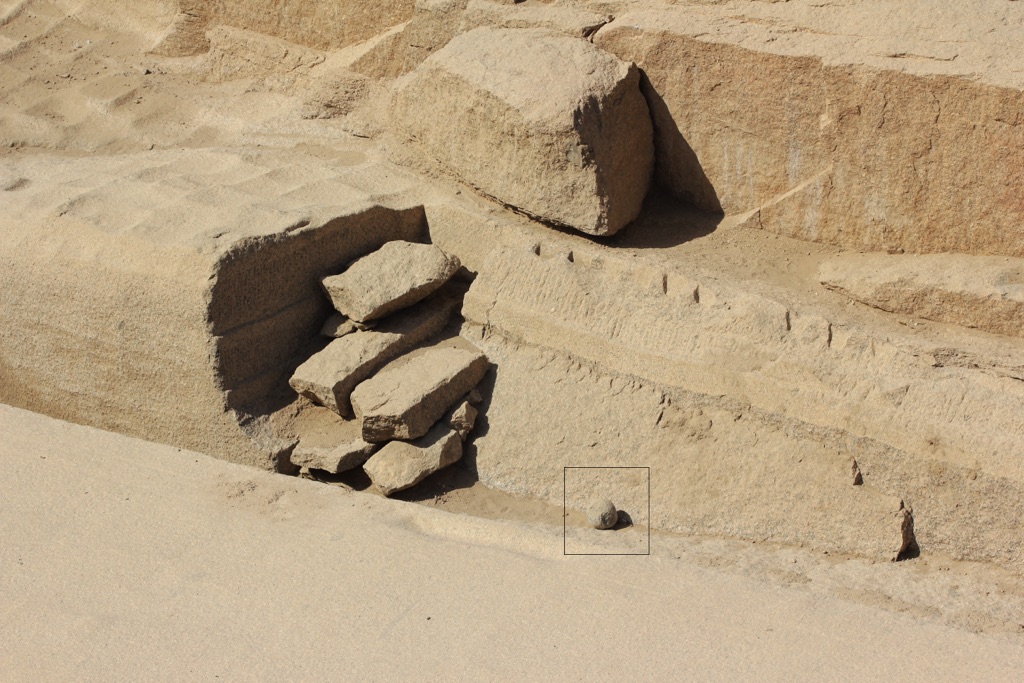
The Unfinished Obelisk has sparked particular interest among historians and archaeologists. It has led to theories about the intended destination and purpose of the obelisk. Some believe it was meant for the Karnak temple complex, while others suggest it was destined for another significant site.
Mysteries still surround the quarry, such as the exact methods of cutting and moving the stone. While there is evidence of the tools used, the logistics of transporting such heavy materials remain a topic of debate and research.
Historical records and archaeological findings have been matched to provide a timeline of the quarry’s use. However, some aspects of the site’s history are still being pieced together through ongoing research and interpretation.
Dating of the quarry’s use has been carried out through various methods, including radiocarbon dating and analysis of tool marks. These studies have helped to establish a chronology of the site’s activity and its significance in ancient Egyptian history.
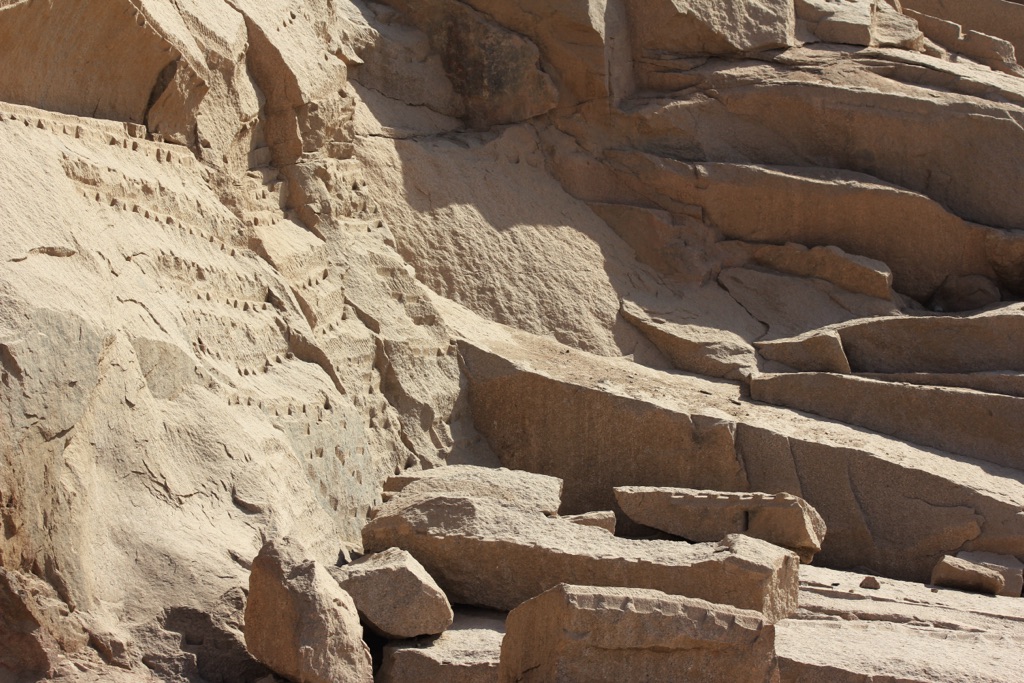
At a glance
Country: Egypt
Civilization: Ancient Egyptian
Age: Dating back to at least the Old Kingdom, circa 2600 BC

